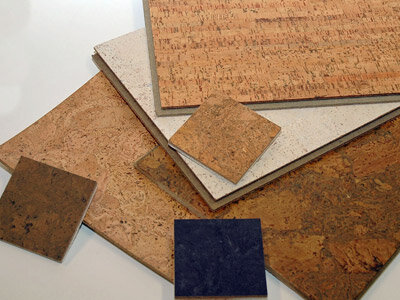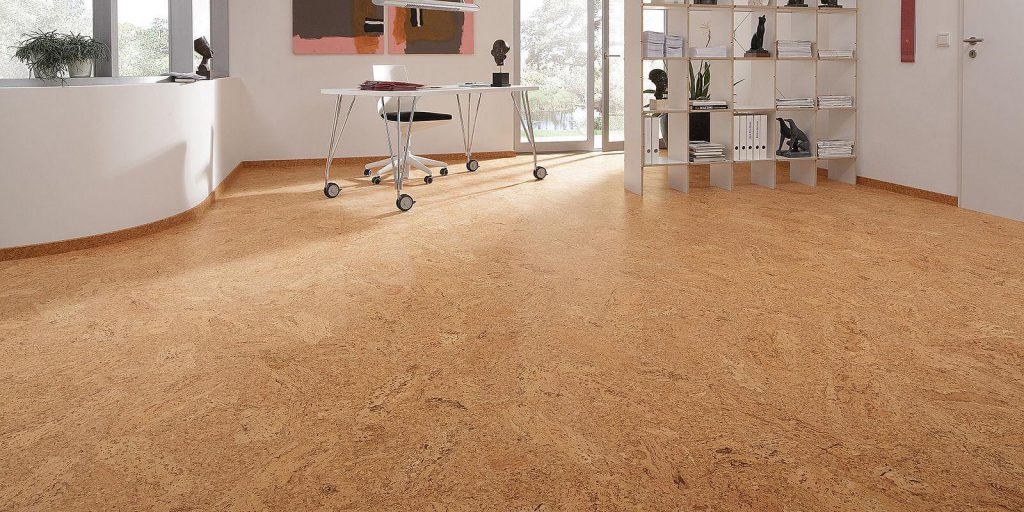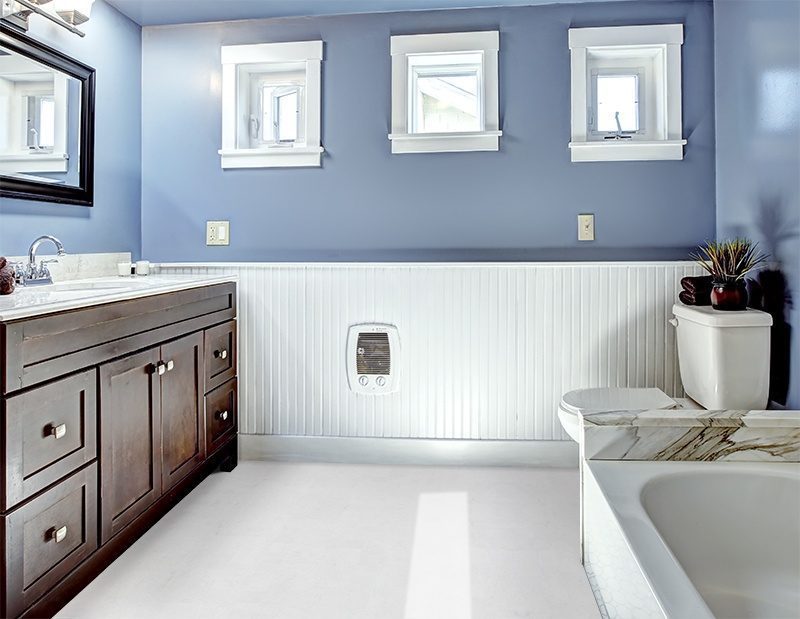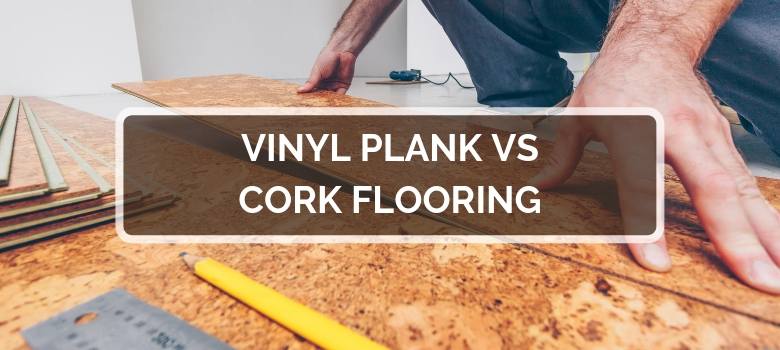Cork Flooring Production Process

Production of compound agglomerated cork involves adding a binder or adhesive agent to cork granules.
Cork flooring production process. The remaining 70 of the cork produced goes into making other products like flooring and wallcoverings furniture building. No trees are cut down during the harvesting of cork and the cork oak forests capture five times more c02 than is used in the manufacturing process. This also increases the corks flexibility. Cork flooring manufacturing process.
But this new generation of cork flooring couldn t be further from that. Cork can be installed over existing flooring systems such as wood or linoleum. Cork s elasticity combined with its near impermeability makes it suitable as a material for bottle stoppers especially for wine bottles cork stoppers represent about 60 of all cork based production. That means that it is made from sustainable raw materials and has a green production process.
Cork has been used as flooring for a very long time because of its natural beauty durability and renewability. After that they are steamed in boilers to eliminate bugs contaminants and remove the outside layer of bark. The stripped planks are stacked for 6 months outside while the wind rain and sun chemically transform the planks. Cork extraction process does not harm trees.
Roughly 30 of the cork that is produced by the cork oak forest is used to make wine stoppers approximately 5 5 billion wine stoppers are sold annually but this 30 generates 70 of the turnover of cork production. Different binders are chosen depending on the qualities desired in the ultimate product e g flexibility softness resistance to wear. Traditional cork flooring has a warm natural look that works best in spaces with an informal casual decor. In fact cork flooring is actually a byproduct of the manufacturing of cork stoppers for wine bottles.
Cork has an almost zero poisson s ratio which means the radius of a cork does not change significantly when squeezed or pulled. The residuals from the stopper production are collected and ground finely. As part of our process we provide life cycle costing that shows you not only the upfront installation costs but also the long term maintenance costs of cork flooring. However newer manufacturing techniques have created cork floors that closely resemble hardwood marble or even concrete.
The manufacturing process for cork flooring generates almost no waste. It can be installed on uneven surfaces. It is an excellent material to be used on retrofitted. Cork is an excellent gasket material.
Cork flooring systems can be installed like regular ceramic or glass mosaic tile. Learn more about the process of creating cork. That makes corka not only. It can be used over radiant heat systems.



















